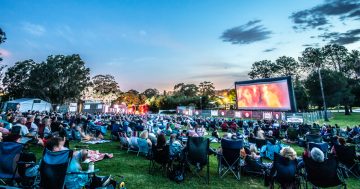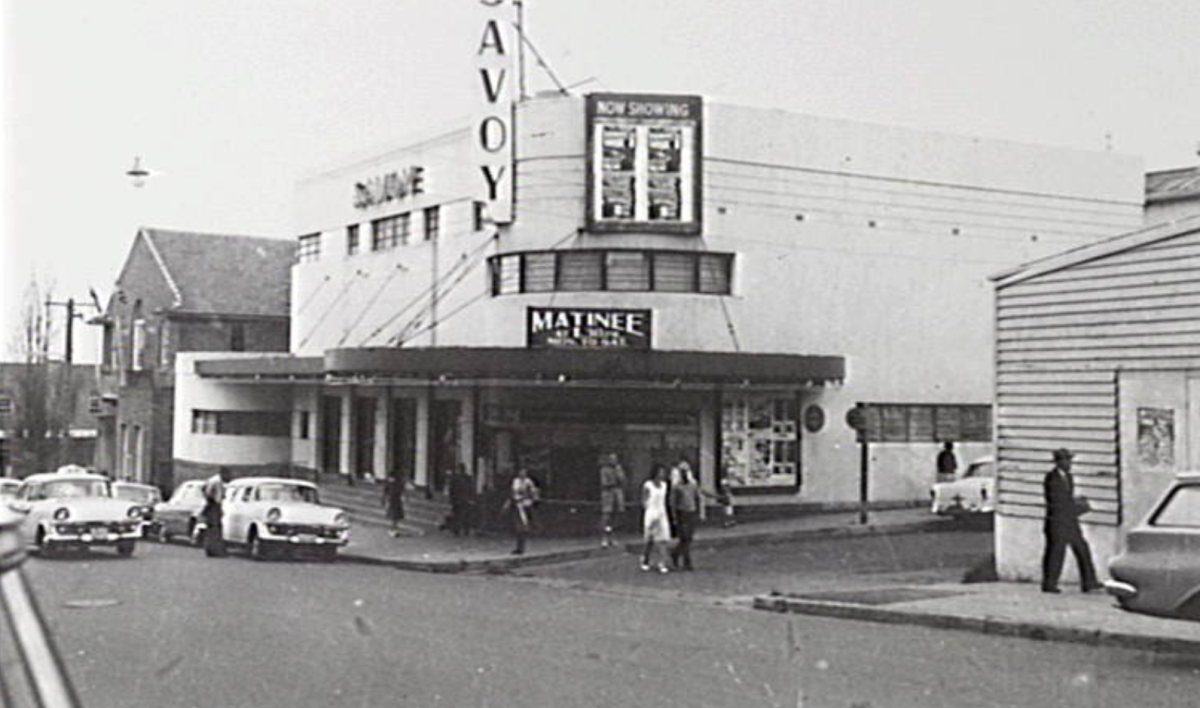
The Savoy Theatre was on the corner of Church Street and Globe Lane, Wollongong. The Returned Servicemen’s Club is at the left. Photo: From the collections of Wollongong City Libraries and the Illawarra Historical Society – P05214.
Illawarra residents have long been fans of the theatre, whether it’s visiting a venue to watch movies or live acts.
In the early 1900s, theatres started popping up regularly in the region, particularly in Wollongong and its northern suburbs.
Wollongong Libraries’ new photographic exhibition, Theatre in the Illawarra, celebrates theatres and shows in all guises.
It includes images from the libraries’ collection of the ornate buildings, drive-ins and audiences, as well as serious and comic productions at local theatres.
Some reports say the first movie pictures in the Illawarra were screened at Wollongong Town Hall in the late 1890s.
According to a 2002 paper by UOW student Nancy Huggett – A cultural history of cinema-going in the Illawarra 1900-1950 – the Illawarra’s first designated picture venue was the Garden Picture Palace, which opened in Church Street in July 1911.
The Garden Picture Palace was originally an open-air theatre. In the following years it was roofed, extensively remodelled and, in 1915, renamed the Globe Theatre, according to Cinema Treasures.
In 1924, it was taken over by Henry Boland’s Wollongong Theatres circuit and renamed again, as the New Globe Theatre. Boland demolished it in 1935 to build a luxurious new cinema, the Savoy.
The Garden Picture Palace was joined three months later by the Crown Picture Palace in Keira Street, followed by the Woonona Princess theatre in 1912 and the Corrimal Princess in 1913.
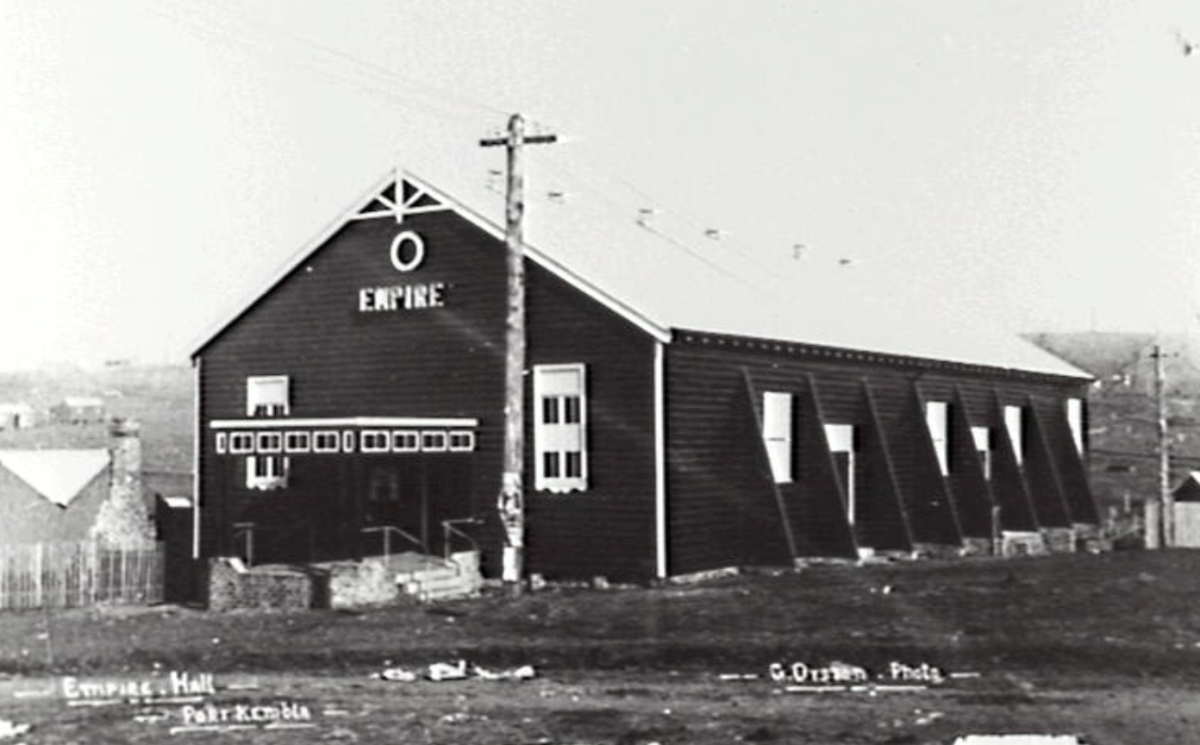
Port Kembla’s first theatre was the Empire. This picture by G Oyston was taken in 1920. Photo: From the collections of Wollongong City Libraries and the Illawarra Historical Society – P02317.
Port Kembla’s Empire Hall became the region’s first purpose-built theatre south of Wollongong when it opened in June 1915. It operated on Wednesdays and Saturdays and later became the RSL Hall.
Boland’s theatre empire expanded when Wollongong Theatres took out a long-term lease on the Theatre Royal in Bulli in 1924 and built the King’s Theatre in Thirroul the following year.
According to the UOW paper, the company soon bought out rival picture theatres the Arcadia in Thirroul and the Princess in Woonona, and turned them into dance halls so that their own theatres would have no competition.
The elaborate King’s Theatre operated continually until April 1965 when a progressive downturn in patronage forced its closure. It briefly reopened in December 1965, but as ticket takings failed to improve, it was closed permanently.
In 1968, the building was adapted for rollerskating and continued in this capacity until the mid-1990s.
In 2003, Illawarra businessman John Comelli bought the vacant and deteriorating building, and after extensive and costly renovations it reopened in 2007 as Anita’s Theatre, named after Comelli’s late wife.



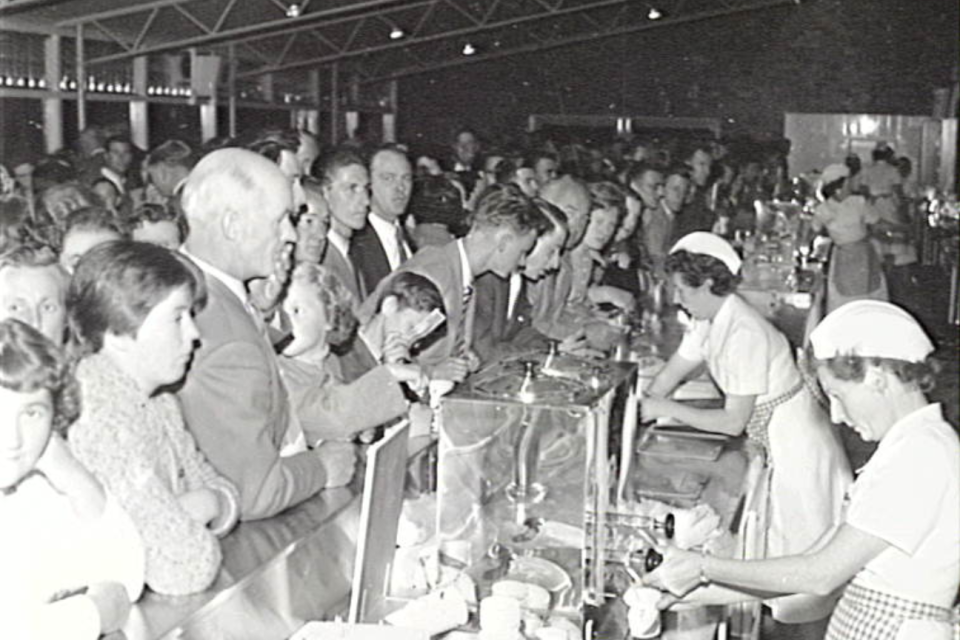









The Wollongong Town Hall Cinema opened in December 1927 but was plagued by financial troubles until the lease was awarded to Herbert and Emily Jones in 1938. The venue was remodelled and reopened as the Civic Theatre in 1939.
When Herbert died in 1943, Emily took the reins with her son, Maurice. In the 1950s, Wollongong Council changed the lease to a week-by-week basis but in the meantime, Emily built the Regent Theatre, which opened in 1957. She ran both houses for a further six years before the Civic Theatre reverted to the council and showed its last films in December 1964.
The Regent provided seating in stalls and circle levels, and plaster mouldings depicting mythological scenes featured on each of the side walls.
The theatre remained in the family’s control until the death of Emily and Herbert Jones’s daughter, Rowena Milgrove, in 2004.
The last movie screened was Master and Commander: The Far Side of the World on 31 January, 2004.
The Gateway City Church bought the 1200-seat theatre for $3.5 million in 2005, then spent $1 million on improvements, also turning the space into an occasional live-music venue. The church sold it in 2020.
Nancy Huggett’s UOW thesis reported that the Film Weekly Directory of 1960/61 showed Wollongong Theatres controlled the Crown and the Savoy in Wollongong, the Bulli Royal, the King’s at Thirroul, the Corrimal Strand, Port Kembla Whiteway, Dapto Regal, Kiama Antrim and theatres at Unanderra and Shellharbour.
By the late 1960s, only six cinemas remained in the region, two of which were drive-ins at Fairy Meadow and Kanahooka, compared with 24 theatres that were operating in the late 1950s.
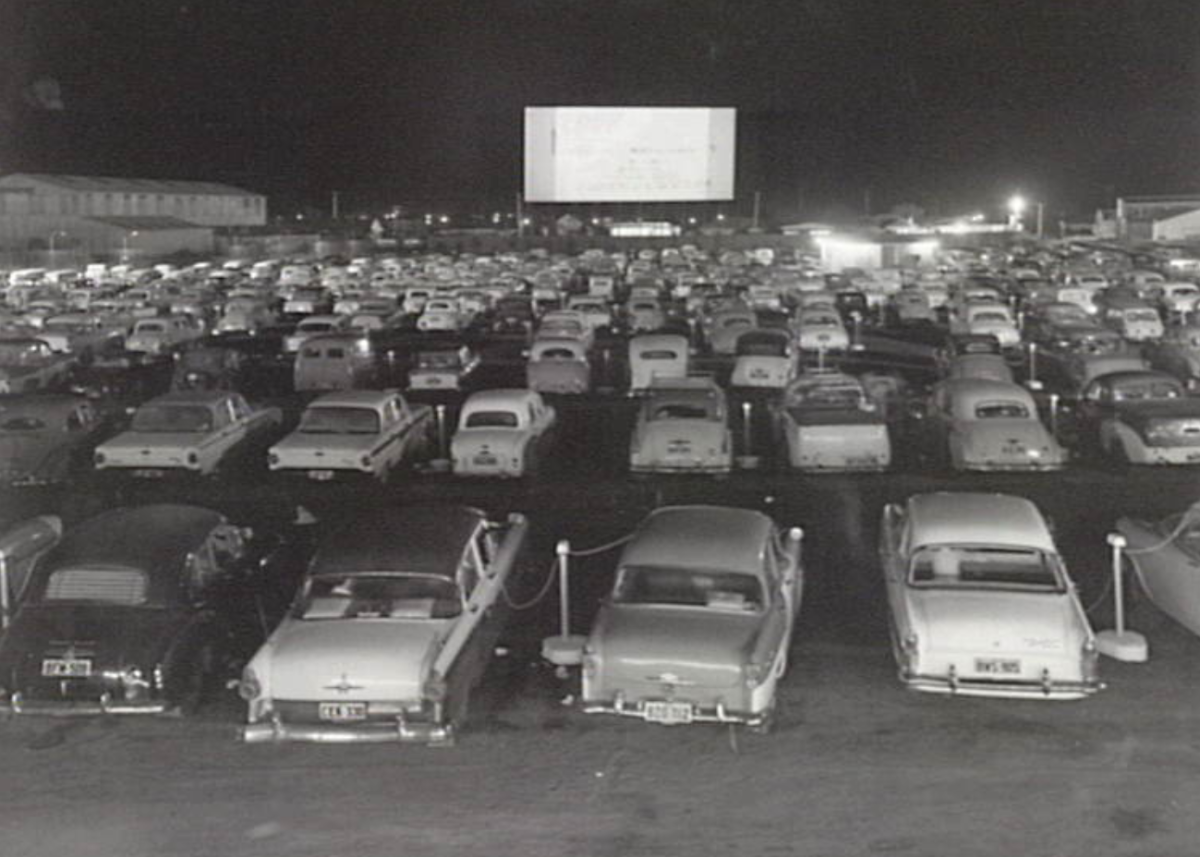
Southline Drive-In at Fairy Meadow in 1963. Photo: From the collections of Wollongong City Libraries and the Illawarra Historical Society – P04360.
Fairy Meadow’s Southline Drive-In, on the corner of Balgownie Road and the Princes Highway, accommodated 712 vehicles. It opened on 30 October, 1957, with Picnic, starring Kim Novak and William Holden.
According to Drive-Ins Downunder, the complex had a restaurant, buffet, light refreshment and confectionary bars along with a children’s playground. Admission prices were originally 50c for adults and 10c for children. The theatre operated for 26 years, closing on Saturday, 24 March, 1984, with the double bill Octopussy and Flying High II.
Southline’s sister drive-in, Lakeline at Kanahooka, opened in 1967 at a cost of about $400,000. It closed in March 1986 with Arnold Schwarzenegger in Commando and Moving Violations. The site is now home to Lakeline Village.
Henry Boland’s first theatre, the Crown, was the last of Wollongong Theatre’s to be sold and by 1965/66, the company had disappeared from the Film Weekly Directory.
The Theatre in the Illawarra exhibition is on now at Wollongong Library, or click here to view it online.








